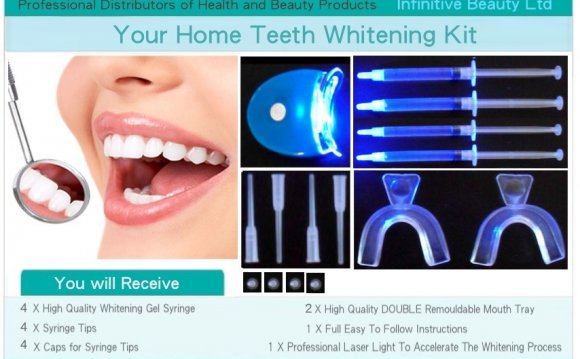
Your smile creates an immediate, subconscious, visual impact on people you meet. A brighter smile gives the impression of youth, vitality, radiant health, happiness, and warmth. A bright smile is perceived as a healthy smile.
Be sure to consult with your AACD member cosmetic dentist to learn which whitening treatment is best for you. Teeth whitening remains one of the most economical ways to enhance your smile.
Smiles Are Valuable
Statistics reveal that we place a high value on our smiles. According to an American Academy of Cosmetic Dentistry survey:
- Virtually all adults (99.7%) believe a smile is an important social asset. 96% of adults believe an attractive smile makes a person more appealing to members of the opposite sex.
- Three-quarters (74%) of adults feel an unattractive smile can hurt a person’s chance for career success.
- And when respondents were asked, “What would you like to improve most about your smile?” The most common response was: Whiter & brighter teeth. If you are not happy with your smile, teeth whitening may be a good first step.
Causes of Tooth Discoloration
Deciduous (baby) teeth are typically whiter than the adult teeth that appear later. As we age, our adult teeth often become darker, yellower, or stained. This is partly why white teeth make people appear more youthful.
Just as there are a number of ways to lighten or brighten teeth, there are also several different ways for teeth to become discolored. The main causes of darkened teeth are genetics, antibiotics, and certain foods, plus teeth tend to darken as we age. Internal tooth discoloration is caused by changes in the enamel of the tooth and the dentin. The main causes of internal tooth discoloration are exposure to high levels of fluoride, tetracycline, use of antibiotics as a child, developmental disorders, tooth decay, restorations, root canal issues, and trauma.
External tooth discoloration is caused by factors outside the body, mainly foods and tobacco. The main causes of external tooth yellowing are smoking, foods with tannins, coffee, tea, carrots, oranges, and other foods.
Types of Teeth Whitening
There are various ways to whiten your teeth, but the two most common are in-office treatment and the do-it-yourself approach, with over the counter products.
In-Office Teeth Whitening
Professional tooth whitening in a dental office is the preferred whitening method because even though stronger agents are applied, the rest of the mouth, including the gums, is protected from these materials. The best whitening systems feature a buffer in the gel that protects the tooth enamel from damage, are extremely effective, and can transform teeth in a single office visit. Your teeth can literally brighten up to 10 shades in about an hour.
In-office whitening affects only the front eight teeth and is a great jump start for take-home whitening, which is always part of an effective whitening program.
Your dentist is best qualified to handle any issues that may arise from whitening treatments, such as tooth sensitivity. Today most tooth sensitivity cases are easily managed.
Tooth whitening can last for one or more years, depending on how well you take care of your teeth, and if you’re following up regularly with a home whitening product for regular maintenance.
Over-the-Counter (OTC) or Home Tooth Whitening Systems
Commercially available tooth whitening systems have become popular, mainly because they’re relatively inexpensive and easy to use.









